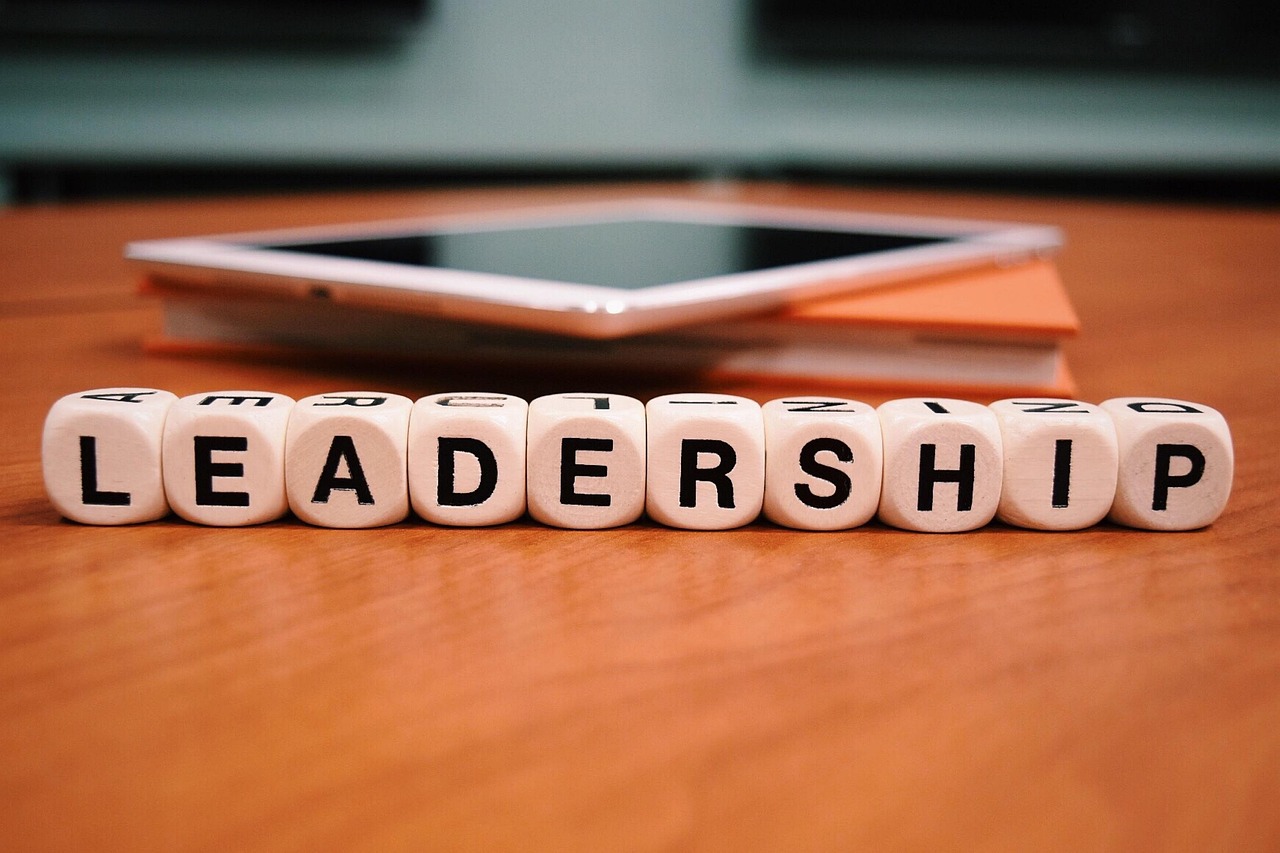(Last updated October 8, 2025)

Every pharmaceutical sales organization reaches a point where the playbook that got them there won’t be enough to take them to the next level.
Leaders invest in new CRM systems, implement sophisticated training platforms, and roll out standardized processes, expecting these tools to multiply their leadership capacity. Yet teams still plateau.
Performance remains inconsistent.
The gap between top performers and everyone else widens instead of closing.
The problem isn’t the systems themselves. It’s the assumption that systems can replace what only people can provide: judgment, adaptability, and the human connection that transforms average performers into exceptional ones.
In pharmaceutical sales, where relationships with healthcare providers determine success and regulatory complexity demands nuanced decision-making, no amount of automation or process optimization can substitute for well-developed leaders who know how to coach, inspire, and grow their teams.
The most effective leadership development strategy focuses not on perfecting systems, but on investing deeply in the people who will use them.
Key Takeaways
- Systems can’t replace people. Tools and processes help with structure, but they don’t inspire, coach, or motivate — that’s the work of leaders.
- A strong leadership development strategy scales leadership. By focusing on coaching, judgment, and adaptability, you multiply leadership capacity across the organization.
- Pharma sales require people-centered leadership. Reps need guidance through complex conversations, regulatory challenges, and relationship-building with healthcare providers.
- Developed managers create a multiplier effect. When leaders grow people, performance improves at every level — and future leaders are prepared before they’re promoted.
The System Seduction: Why Leaders Invest in Tools Instead of People
When organizations struggle to scale, the instinct is to look for a system that will solve the problem. It’s understandable. Systems are tangible, measurable, and seem more controllable than the messy work of human development.
You can purchase a new sales enablement platform, see the features, calculate the ROI, and roll it out on a predictable timeline.
Investing in people feels riskier. It’s harder to quantify.
The results take longer to materialize. There’s always the concern that you’ll develop someone who then leaves for a competitor. So leaders gravitate toward the apparent safety of systems, believing that the right technology or process will finally unlock their team’s potential.
But here’s what actually happens:
- Initial excitement quickly fades. You implement the new system with fanfare, but within months, usage drops off dramatically as the novelty wears away.
- Adoption becomes uneven. Top performers find ways to utilize the system effectively, while average performers tend to treat it as just another box to check.
- The real problems remain unsolved. Performance doesn’t change meaningfully because the system can’t address the fundamental issue: most managers lack the knowledge to have effective coaching conversations or help struggling representatives improve their approach with healthcare providers.
The system becomes another tool gathering digital dust while your leadership capacity remains exactly where it started. The only way to close this gap is by implementing a strong leadership development strategy that equips managers with the skills systems can’t provide.
Why Pharmaceutical Sales Demands People-Centered Leadership
The pharmaceutical industry presents unique challenges that make leadership development strategy even more critical. Your sales representatives aren’t just moving products.
They’re educating healthcare professionals about complex therapeutic options, navigating intricate regulatory requirements, and building long-term relationships that directly impact patient outcomes.
This complexity means your managers need more than process knowledge. They need capabilities that no system can provide:
- The ability to coach reps through difficult conversations with prescribers who challenge product efficacy or raise concerns about side effects
- Skills to help representatives understand and communicate nuanced clinical data in ways that resonate with different types of healthcare providers
- Judgment to guide reps in building credibility within challenging healthcare systems where access is limited and competition is fierce.
- Emotional intelligence to recognize when a rep is struggling with confidence, burnout, or skill gaps that require different interventions
Strong sales manager training develops these capabilities. It teaches managers how to observe their reps in action, identify specific improvement opportunities, and deliver coaching that actually changes behavior.
No automated training module can provide the real-time feedback that helps a rep recover from a failed call with a key opinion leader.
The Multiplier Effect: How Developed Leaders Scale Your Organization\
When you invest in developing your leaders as people, not just training them on systems, you create a multiplier effect that compounds over time.
A manager who learns how to coach effectively doesn’t just improve their own performance; they also enhance the performance of those they lead. They improve the performance of every person they manage.
When those people become managers themselves, they bring those same coaching capabilities to their teams.
This is how pharmaceutical sales management transforms from a bottleneck into a growth engine. Instead of having a few exceptional managers and many mediocre ones, you build depth across your entire leadership bench.
A strong leadership development strategy creates this organizational resilience. When someone leaves, you have multiple people ready to step up because you’ve been developing leadership capacity all along, rather than relying solely on systems to carry the load.
Consider what happens when a well-developed manager joins a struggling team. They don’t need a new system. They assess each rep individually, identify what’s holding them back, and provide targeted coaching that addresses real issues. They build trust through consistent, meaningful interactions.
They create accountability without micromanaging. Within months, the team’s performance improves not because anything external has changed, but because scaling leadership has occurred through human connection and development.

Building Leadership Capacity: The Real Path to Scalability
Organizations that successfully scale their leadership share common characteristics. They treat leadership development strategy as an ongoing practice, not an annual event.
They create structures that support continuous learning, such as peer coaching groups, regular leadership forums, and mentorship programs that connect emerging leaders with experienced ones.
They also recognize that building leadership capacity requires different approaches for different levels:
- Front-line sales managers require strong coaching skills, the ability to drive accountability without micromanaging, and practical techniques for having difficult conversations that enhance performance rather than damage relationships.
- Regional directors need strategic thinking capabilities, the ability to develop other managers effectively, and skills to diagnose team dynamics and organizational issues that impact multiple territories.
- Senior leaders need to create cultures that prioritize people development, make it safe to experiment and learn from failure, and model the growth mindset they want to see throughout the organization.
Your leadership development strategy should address all these levels simultaneously. When front-line managers receive excellent coaching from their directors, who themselves are being developed by senior leaders, you create an environment where growth is expected and supported at every level. This cascading development model scales naturally because each level reinforces the ones that follow.
The Role of Systems: Supporting People, Not Replacing Them
This isn’t an argument against systems.
Well-designed processes, effective technology platforms, and clear operational frameworks are essential. They provide the structure that allows leaders to focus on what matters most: developing their people.
The key is getting the sequence right. Don’t implement systems in the hope that they’ll solve leadership gaps. Instead, develop your leaders first, then give them systems that amplify their capabilities.
When a skilled coach gains access to accurate data about their team’s activities and results, they can provide more targeted and impactful feedback. When a strong manager has transparent processes to follow, they can spend less time figuring out what to do and more time developing their people.
Systems work best when they:
- Provide visibility into team performance, enabling managers to quickly identify coaching opportunities.
- Automate administrative tasks that would otherwise consume time better spent on people development
- Create consistency in basic processes so managers can focus their energy on the complex, nuanced work that requires human judgment.
- Enable better communication between managers and their teams, making it easier to provide timely feedback and recognition.
Systems should serve your people strategy, not the other way around.
This means involving your best managers in selecting and designing systems, ensuring that technology supports rather than dictates how leadership happens, and continuously evaluating whether your systems are making it easier or harder for managers to focus on pharmaceutical sales training and development.

Measuring What Matters: Beyond System Adoption to Leadership Growth
Traditional metrics focus on system adoption rates, process compliance, and activity levels. These numbers tell you whether people are using your systems, but they don’t tell you whether your leadership capacity is growing.
Better metrics focus on the leading indicators of leadership development strategy success:
- Quality and frequency of coaching conversations between managers and their teams
- Improvement rates among struggling performers, not just the achievements of top performers
- Leadership pipeline strength, measured by how many people are ready for promotion at each level
- Employee engagement scores, particularly questions about manager effectiveness and development opportunities
- Performance distribution, tracking whether the gap between your best and average performers is narrowing over time
Track how many managers complete your sales manager training programs, but also track what changes in their behavior afterward. Survey their teams about the quality and frequency of coaching they receive.
Measure whether teams with highly developed managers outperform teams with less-developed managers, even when both have access to the same systems.
Creating a Culture Where Leadership Development Is Expected
The most successful pharmaceutical sales organizations make leadership development part of their cultural identity. It’s not something that happens during training sessions. It’s woven into how work gets done every day.
This starts with senior leaders modeling the behavior they want to see. When executives regularly discuss their own development goals, seek feedback, and visibly work on improving, it signals that growth is valued at every level of the organization. When leaders carve out time for coaching conversations despite busy schedules, they demonstrate that people development isn’t optional.
It also requires creating systems (yes, some systems are helpful) that support development:
- Regular one-on-one meetings that focus primarily on growth and development, not just results review
- Performance reviews that emphasize development plans and progress on capability building, not just performance ratings
- Promotion criteria that include demonstrated evidence of developing others, not just individual achievement
- Recognition programs that celebrate managers who successfully develop their people, making leadership development visible and valued
When these elements align, scaling leadership becomes a natural process. People realize that investing in others is a key way to advance. They experience the benefits of strong development themselves and want to provide the same for their teams. The organization’s capacity to grow leaders multiplies.

Moving Forward: Choosing People Over Systems
The choice isn’t really between systems and people. You need both. But you must be clear about which is the foundation and which is the support structure. Systems are tools that amplify the capabilities of skilled leaders. They don’t replace the judgment, empathy, adaptability, and human connection that effective leadership requires.
If your organization is struggling to scale, the question isn’t what new system you need; it’s what new systems you need. It’s whether you’ve invested enough in developing your leaders as complete professionals who can coach, inspire, and grow the people around them. It’s whether your best managers have the skills to build other managers, creating the leadership depth that allows sustainable scaling.
The most effective leadership development strategy prioritizes people. It invests in coaching capabilities, creates structures for continuous learning, measures what actually matters, and builds a culture where developing others is as vital as delivering results. This approach takes longer and requires sustained commitment. But it’s the only approach that actually scales.
Ready to prioritize people over processes? Contact us today to discover how our leadership development strategy programs help pharma managers scale leadership through people — not just systems.
Frequently Asked Questions (FAQs)
Q1. Why Can’t Systems Alone Scale Leadership?
Systems provide efficiency and compliance, but they don’t coach, motivate, or inspire. To scale leadership, organizations must invest in people. A strong leadership development strategy ensures managers know how to influence, coach, and build trust — skills no tool can replace.
Q2. What are the Key Elements of an Effective Leadership Development Strategy?
The best strategies combine coaching skills, business acumen, emotional intelligence, and consistency. They also include continuous learning structures such as peer coaching, mentorship, and leadership forums.
Q3. Won’t Investing in People Development Risk Losing Talent to Competitors?
It’s a common concern, but the greater risk is not developing your people and having them stay. When employees feel invested in, they become more engaged, loyal, and motivated. A strong leadership development strategy creates an environment where people want to grow with the organization, not leave it. And even if some do move on, the positive reputation for development attracts new, high-quality talent.
Q4. How Long Does it Take to See Results from Investing in Leadership Development?
While leadership development is a long-term strategy, results can often be seen within months. Managers who learn practical coaching techniques, for example, start to influence performance in their very next coaching conversation. Over time, these improvements compound — closing the gap between top and average performers and creating sustainable growth across teams.
Q5. What is a Leadership Development Strategy in Pharmaceutical Sales?
A leadership development strategy in pharma sales is a structured plan to build managers’ skills in coaching, communication, and decision-making. It prepares leaders to guide reps through complex conversations with healthcare providers, manage regulatory challenges, and build teams that deliver consistent performance.



